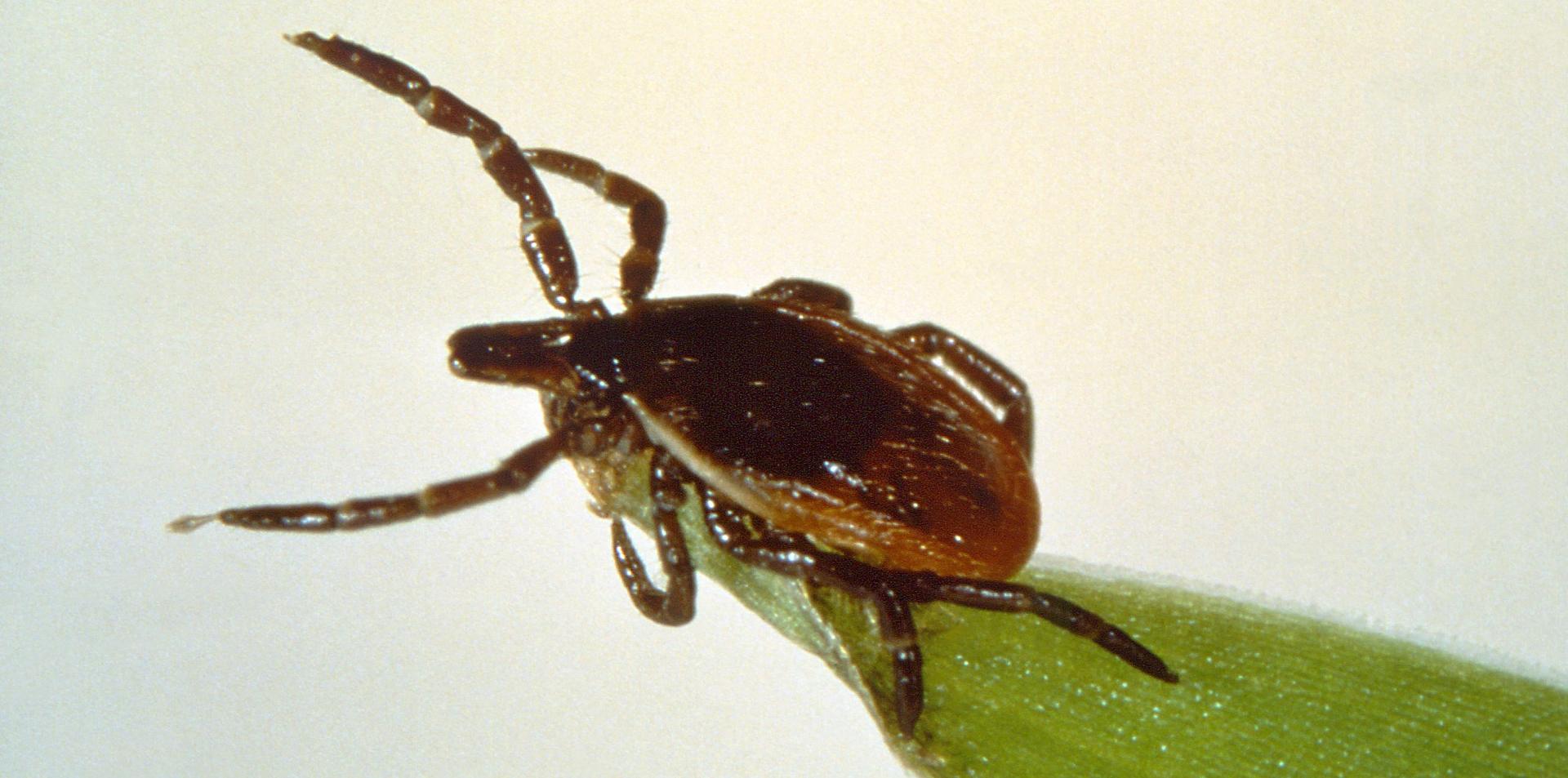Preventing tick bites and Lyme disease
How to stay safe when you’re outdoors this summer
Advertisement
Lyme disease is a serious illness caused by the bite of an infected blacklegged tick. Because these ticks are most often found in forests and the overgrown areas between the woods and open spaces, hunters, anglers and other outdoor enthusiasts are at risk of tick bites. In Canada, blacklegged ticks are most abundant in:
- Southern British Columbia
- Southeastern and south-central Manitoba
- Southern, eastern and northwestern Ontario
- Southern Quebec
- Southern New Brunswick and Grand Manan Island
- Parts of Nova Scotia
Ticks are small, ranging from the size of a poppy seed to a pea. The size of the tick varies depending on its age and whether it has fed recently. The bite is usually painless so you may not know that you have been bitten.
Advertisement
Early treatment of Lyme disease is critical, however Lyme is very difficult to diagnose because symptoms vary from person to person. There are over 100 known symptoms of Lyme disease. Common symptoms include:
- Developing a rash, sometimes shaped like a “bull’s eye” mark
- Initial flu-like symptoms, such as: fever, headache, nausea, jaw pain, light sensitivity, red eyes, muscle aches and neck stiffness.
- While some Lyme victims experience immediate symptoms after infection, others may have none for many months.
Preventing tick bites
- Wear closed-toe shoes, long-sleeved shirts and pants
- Pull socks over pant legs to prevent ticks from crawling up legs
- Wear light-coloured clothes to spot ticks easier
- Use insect repellents that contain DEET or Icaridin. Repellents can be applied to clothing as well as exposed skin.
- Shower or bathe within two hours of being outdoors to wash away loose ticks
- Do a daily “full body” check for ticks on yourself, children and pets
Removing ticks
Removal of a tick within 24 to 36 hours will often prevent transmission of the bacterium that causes Lyme disease. If you find a tick attached to your skin, don’t panic. Several tick removal kits are available on the market, however a plain set of fine-tipped tweezers will also remove a tick effectively. Simply follow the instructions at this Health Canada link.
Avoid folklore remedies such as “painting” the tick with nail polish or petroleum jelly, or using heat to make the tick detach from the skin. Your goal is to remove the tick as quickly as possible—do not wait for it to detach.
Advertisement
Learn more at:
Public Health Agency of Canada
Canadian Lyme Disease Foundation
CDC Lyme Disease Widget.
Flash Player 9 or above is required.


